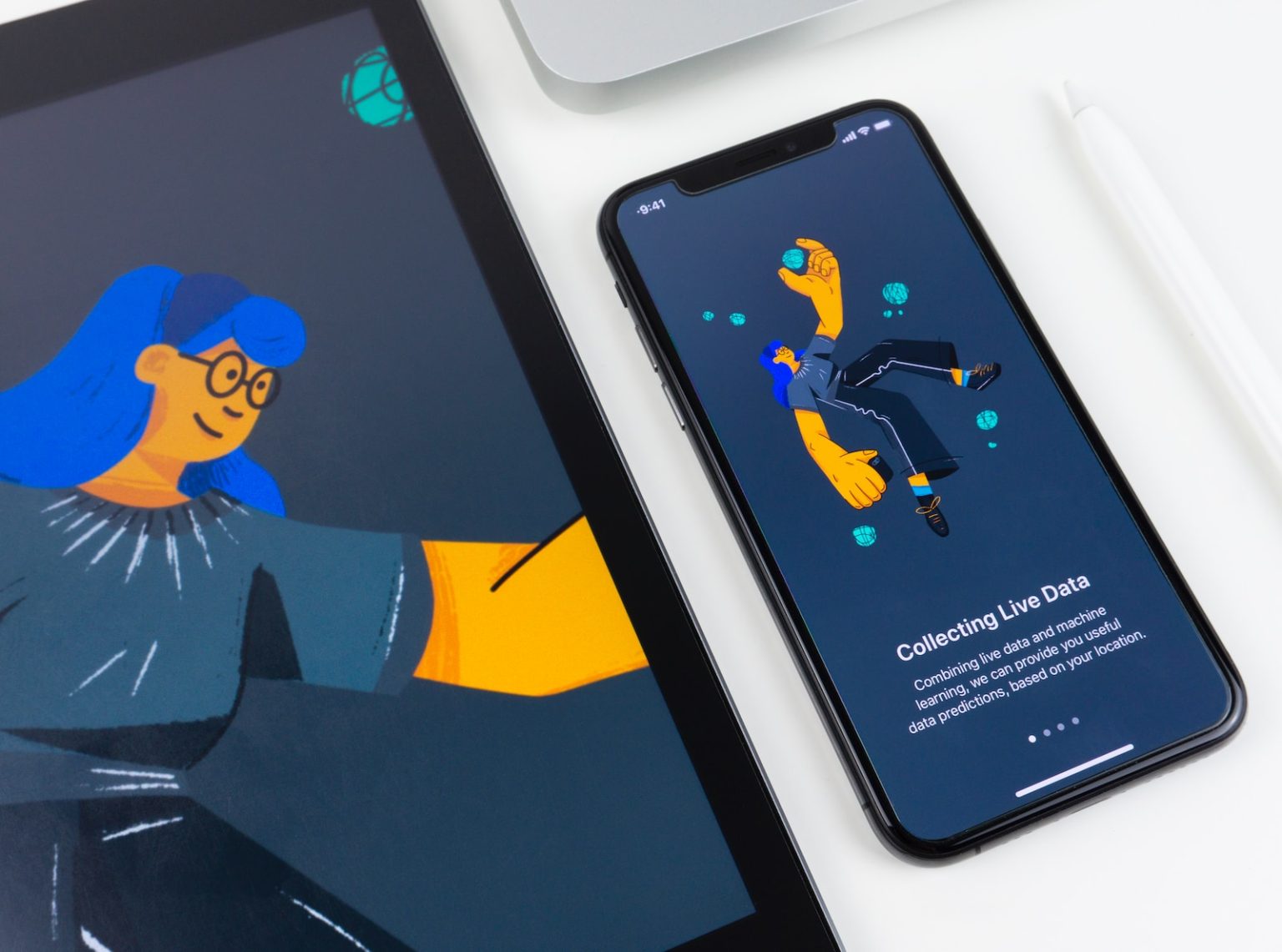In today’s digital era, the demand for cross-platform mobile applications has grown significantly. With the increasing popularity of smartphones and tablets, businesses are striving to reach a wider audience by developing apps that work seamlessly across multiple platforms. However, designing and developing such applications come with their fair share of challenges. In this article, we will explore some of the common challenges faced in cross-platform mobile design and discuss the solutions to overcome them.
One of the major challenges in cross-platform mobile design is the fragmentation of operating systems and device capabilities. Each platform, such as iOS, Android, and Windows, has its own set of design guidelines, screen sizes, and hardware specifications. This creates a significant hurdle for designers who need to ensure consistent user experience across platforms. To overcome this challenge, designers can adopt a responsive design approach. By using flexible layouts and adaptive components, they can create an app that adjusts seamlessly to different screen sizes and resolutions.
Another challenge in cross-platform mobile design is the performance optimization. Since cross-platform apps are typically built using frameworks like React Native or Xamarin, they often face performance issues compared to native apps. To address this challenge, developers can focus on optimizing the app’s code and reducing unnecessary overheads. They can also leverage platform-specific optimizations and utilize native APIs whenever required. Additionally, conducting thorough testing and profiling can help identify performance bottlenecks and improve the overall user experience.
Maintaining consistent user interface (UI) and user experience (UX) is another significant challenge in cross-platform mobile design. Designers need to strike a balance between adhering to platform-specific design guidelines and maintaining a consistent brand identity. They should aim to create a UI that feels native to each platform while providing a coherent and familiar experience to users. By conducting extensive research on each platform’s design patterns and considering user feedback, designers can create a harmonious and intuitive UI/UX.
Ensuring seamless integration with device features and capabilities is yet another challenge in cross-platform mobile design. Different platforms offer various functionalities and APIs, and it can be challenging to provide a consistent experience across all devices. Developers can address this challenge by utilizing third-party plugins or libraries that provide access to platform-specific features. They should also consider the limitations and differences in device capabilities while designing the app’s functionalities.
Lastly, maintaining the app’s codebase and ensuring timely updates across platforms can be a daunting task. With multiple platforms and frameworks involved, it becomes crucial to adopt efficient development practices. Utilizing version control systems, automated testing, and continuous integration can help streamline the development process. Additionally, following agile development methodologies and maintaining proper documentation can aid in managing the codebase effectively.
In conclusion, cross-platform mobile design presents several challenges that need to be overcome to ensure a high-quality user experience. By adopting responsive design principles, optimizing performance, maintaining consistent UI/UX, integrating device features, and following efficient development practices, designers and developers can successfully create cross-platform apps that cater to a wide range of users. Overcoming these challenges requires a combination of technical expertise, creativity, and a thorough understanding of the target platforms.




